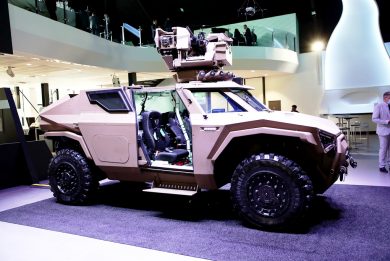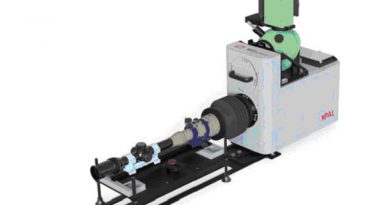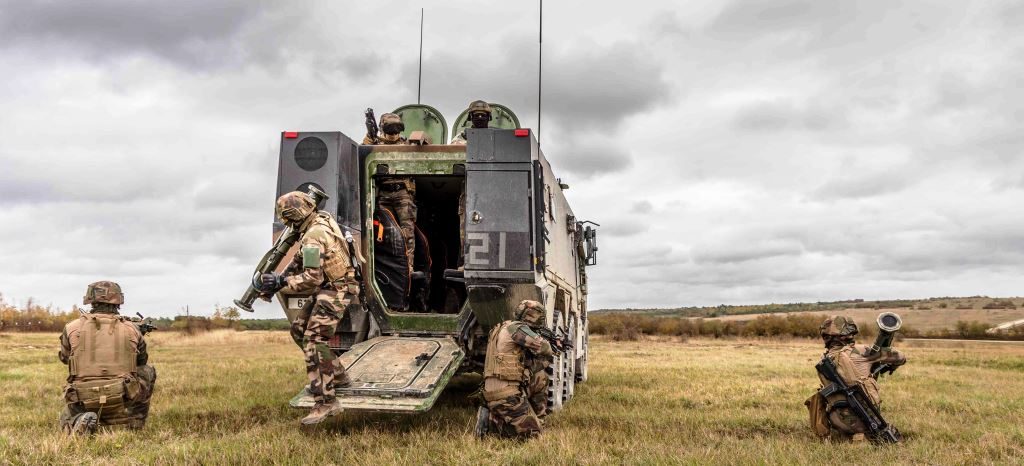
1 – Scorpion, experience from the field
In less than one year time the first French Army task force will deploy downrange equipped with the Griffon 6×6 Armoured Personnel Carrier, but prior to this an advanced party will deploy the Communication and Information Systems (CIS), known as SIC-S (Système d’Information du Combat Scorpion). The latter will be deployed by elements of the 13ème Bataillon de Chasseurs Alpins (13th BCA), a mountain infantry unit part of the 27th Mountain Infantry Brigade, which was the second unit of the French Armée de Terre to receive the new personnel carrier. The unit that will first deploy out of the French territory with the new Griffon will be the 3ème Régiment d’Infanterie de Marine (3rd RIMa), an amphibious unit part of the 9th Marine Infantry Brigade. It will deploy two rifle companies equipped with the new vehicle. Capt. Antoine (as usual for security reasons no surnames were provided), OC 2nd Infantry Company at the 13e BCA, who recently led his company in what the French call PRETS (Période de REstitution de la Transformation Scorpion), a three-week long build-up period that ends with a four-day non-stop field exercise, provided a number of insight of the advantages of the Griffon over the VAB (Véhicule de l’Avant Blindé), which first delivery dates back over 40 years. He explained that the build up is made in three phases, starting from technical training of drivers and SIC-S operators, shifting to the tactical one, based on a stepped approach bringing from team to company-level collective manoeuvre training without opposing forces, to finally reach the validation phase in a high intensity scenario against OPFORs.
“It is during that last phase, the PRETS, that we appreciated the value of the Griffon – SIC-S combination that allowed us to win that high-intensity combat,” he said, citing the quantum jumps made in different areas. “We have a much better mobility, and we proved that both in small countryside tracks as well as in the high mountains, one key issue being the reduced turning radius due to the rear steering axle, and this is a considerable tactical advantage,” he explained, adding that another plus is the open compartment that allows direct communication between the driver, the commander and the dismounts, also thanks to the much reduced noise inside the vehicle. This adds to internal comfort, which is also enhanced by the wider space available, by energy absorbing seats, and by the air conditioning system, which proved its effectiveness in the bitter cold conditions of the French Alps. All this allows to keep personnel fit for combat for longer times. The Griffon is not only silent inside, it is also much less noisy than the VAB outside: “Compared to the VAB, which characteristic noise could be heard at some kilometres distance, the Griffon has a much reduced acoustic signature, allowing it to approach unnoticed at 500 meters from enemy positions,” Capt. Antoine says, adding that increased protection also allows to closely support debussed soldiers. Although no details on protection are available, the French Army states that “in terms of NATO protection levels, the Griffon is better protected than the VAB Ultima, the latest iteration of the old 4×4 APC, while add-on kits as well as RPG-7 protection kits can further increase the safety of its occupants.
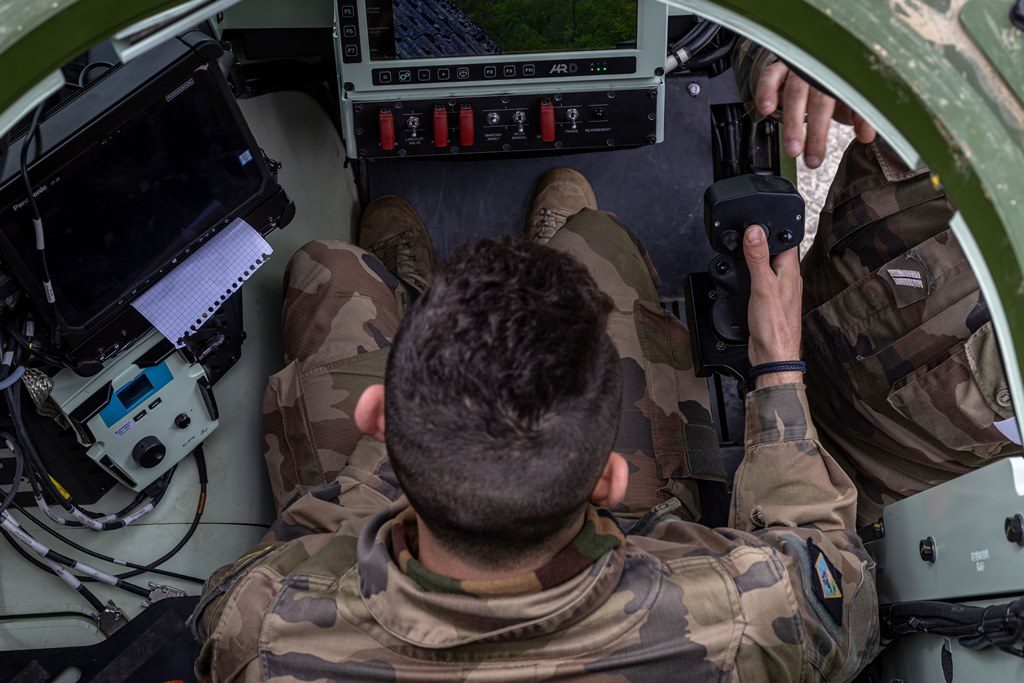
Shifting from the vehicle to the CIS, the 13th BCA officer defines as “revolution” the introduction of the SIC-S: “It is a simple and intuitive interface, similar to commercially available tablets, thus not only it is quick and easy to learn, but more important it is a reliable tool to be used in stress conditions.” He makes the comparison with the previous SIR (Système d’Information Régimentaire) which was seldom used in TIC (Troop In Contact) situations, while the SIC-S is always used, from the planning phase in which its maps allow a detailed analysis and tactical preparation to the combat phase. It is to note that the Captain refers to the current version of the SIC-S: the future one, which will exploit the new radio family, will allow to reduce latency from 7-10 seconds to 1-3 seconds, allowing to further improve reaction times. As an example Capt. Antoine mentioned the capacity for the leader to establish a route, sending it via SIC-S to the driver who will find the waypoints on its GPS navigation system. “The main advantage is given by the geo-location of friendly forces, which allowed me to have a clear vision of the tactical situation in the vicinity, and allowed the players on the field to use the right effect at the right moment.” The SIC-S makes it easier to reorganise the unit at the end of an action, issuing graphic rather than voice orders, and to integrate non-organic elements into the company itself.
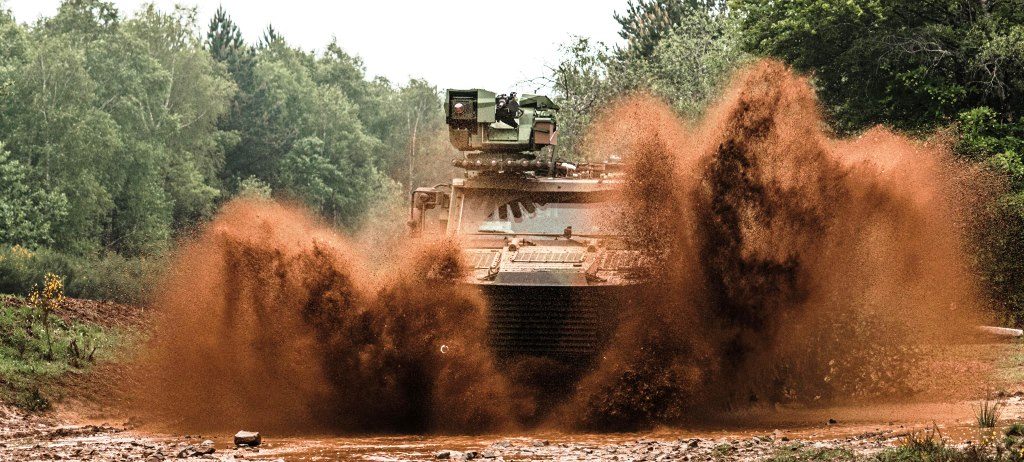
Having carried out an exercise similar to the PRETS with his company in June 2020, using legacy equipment, Capt. Antoine was able to make a comparison with the exercise he played using Scorpion systems; in the first one his company was massively supported by battalion-level assets to reach its target, while the PRETS exercise played using Scorpion systems saw a less numerous but more effective combat force, which obtained equal or even better results thanks to a smoother and more agile manoeuvre. The SIC-S was until now available only in its vehicular version: “Very soon we will get the disembarked version,” Capt. Antoine said, “allowing a seamless transition from embarked to disembarked combat, which will give the commander the chance to disembark and follow his soldiers while maintaining the same tactical awareness, engaging the right effectors at the right moment.” As closing remarks, the French Officer states that the presence of Defence technical elements and of the industry allowed to evolve the systems, lessons learned being acquired in this first phase of operational use that might lead to further refinements of Scorpion assets.
Photos courtesy 13ème BCA

